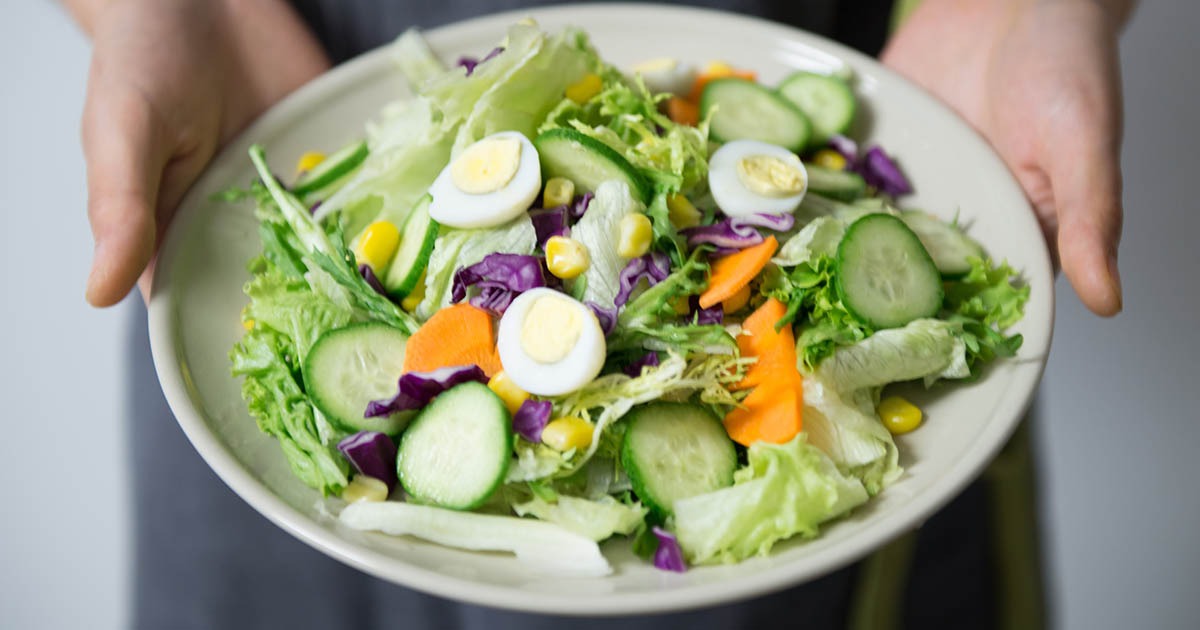Last updated on June 15th, 2023
In your community, you most likely have several residents who require medication on a regular basis. This can have a huge impact on your dining program because food has an effect on a medication’s action and certain medications can have an impact on a person’s nutritional status.
It’s crucial that your dietitian and their team assess each patient or resident individually for the potential interactions between food and medication and medication and nutritional status. These two aspects of medication use can be complicated by various factors, including special diets, nutritional supplements, additives in food, alcohol intake, tube feeding, and polypharmacy (taking multiple medications). Your dietitian is most likely well-versed in these interactions and nutrient kinetics (the study of the absorption, distribution, metabolism, and excretion of nutrients).
By properly understanding how food and medications affect drug absorption, nutrient metabolism, toxicity, and side effects, your dietitian and food service team can tailor meal plans for residents taking certain drugs. Below, we outline some of the most common food and drug interactions your team should be aware of in order to provide the right care to your community.
The effect of food on drug absorption
The presence of food in the stomach may decrease the rate and/or the extent of a drug’s absorption. For example, a high-fiber diet could decrease the absorption of tricyclic antidepressants such as Elavil (amitriptyline). This happens because the medication appears to be absorbed by the fiber, which prevents the drug from moving out of the intestinal tract. Patients on tricyclic antidepressants should follow low-fiber diets in order for their medication to work as intended. Drugs like Tylenol (acetaminophen), which are often used to treat pain or a fever, also need to be taken on an empty stomach because the presence of food will decrease absorption. This is also the case for prescription antihistamines, like Aller-ease (fexofenadine), Claritin (loratadine), Zyrtec (cetirizine), and rupatadine.
On the other hand, food in the stomach can enhance the absorption of certain drugs. Medications that benefit from being taken with food are anti-diabetics (antihyperglycemics), like Glimepiride or Glipizide. Also, enzyme replacements, like Pancrease or Lactase should always be taken with food. This requires your food service and medical teams to work together in order to figure out which patients should be given their medicine at various meal times.
The food and drugs that affect nutrient metabolism
Food can also alter the metabolism (the chemical alteration of a drug by the body) of certain medications. Grapefruit is a type of food that tends to affect many drugs. It can impede the metabolism of some drugs, such as Cordarone (amiodarone), and it can increase the metabolism of statin drugs used to treat high cholesterol and triglyceride levels, like Lipitor (atorvastatin), Zocor (simvastatin), and Mevacor (lovastatin).
When it comes to medication, certain drugs have the potential to increase the metabolism of nutrients, which results in higher requirements of the nutrient or danger of deficiency. Anticonvulsants, like phenobarbital and Dilantin (phenytoin) increase the metabolism rate of folic acid and Vitamins D and K. Long-term use of these medications can lead to deficiencies of those nutrients and bone disorders, like osteoporosis. Supplements that provide antioxidants, like Vitamins C and E, could reduce the effectiveness of certain types of chemotherapy. Your dietitians should be able to come up with meal plans and medication combinations for your residents who take these drugs in order to to avoid the above conditions and deficiencies.
How food can cause toxicity
There are some foods and additives that may enhance the effect of a medication or cause toxicity. When someone consumes a high amount of caffeine, it can increase the effects of Ritalin (methylphenidate) and cause side effects like nervousness, tremors, and insomnia for those who take the drug. Taking Vitamin K supplements or eating foods high in Vitamin K, like kale, spinach, brussels sprouts, and broccoli can decrease the anticoagulant effect of Coumadin (Warfarin), which is typically used to treat blood clots.
Limiting side effects with the right food and drug combinations
Finally, some medications are best taken with food in order to reduce the chance of a drug’s side effects in the patient. Medications like Zyloprim (allopurinol), Parlodel (bromocriptine), and Madopar (benserazide) all can have the side effect of nausea and vomiting. By taking them with food, a patient can mitigate those effects and have a better experience with the drug.
This is also the case for NSAIDs, like ibuprofen. These drugs have the ability to cause irritation of the stomach, so they need to be taken with food or milk in order to avoid that side effect.
Your dietitian’s responsibility
The impact of food and medication interactions can have a huge impact on creating an effective dining program. A one-size-fits-all menu can be harmful to some residents’ health. It’s crucial that your dietitians and food service team are trained in the above effects of food and medicine in order to provide the best care possible for your facility’s customers.
If you need assistance with training or recruiting expert team members, Culinary Services Group can help. We only recruit and staff the best of the best and will provide your employees with the training they need when it comes to drug and food interactions. Reach out to us today to get the clinical expertise you need for a happier, healthier community.








